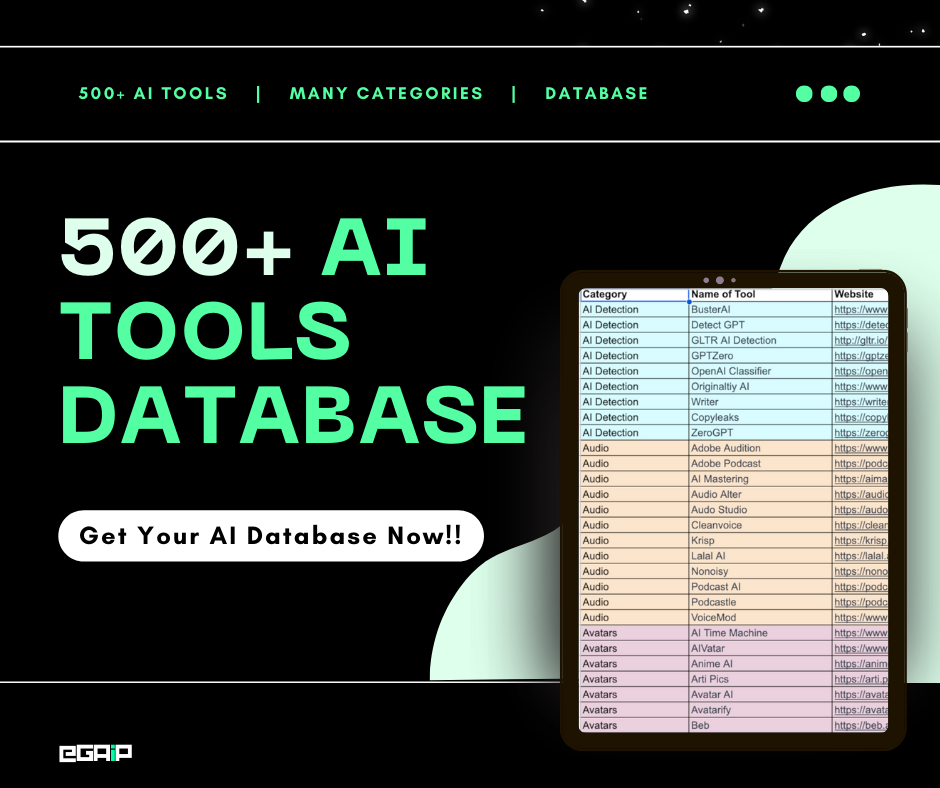- New AI system aims to provide an unbiased method for assessing patients' pain levels during and after surgeries.
- The system uses computer vision and deep learning to interpret facial expressions and body movements.
- The technology could free up healthcare professionals to focus on other aspects of patient care, while also maintaining patient privacy.
October 15, 2023: A new AI-powered system for recognizing pain could revolutionize how doctors and nurses understand and manage patients’ pain levels before, during, and after surgeries.
The findings were presented at the ANESTHESIOLOGY 2023 annual meeting. The system aims to offer an unbiased method to gauge pain, contrasting with current subjective tools.
Today, healthcare providers often use methods like the Visual Analog Scale (VAS) and the Critical-Care Pain Observation Tool (CPOT) to measure pain. In VAS, patients tell how much pain they feel, while in CPOT, professionals decide based on patients’ facial expressions and body movements.
The new system, however, uses two types of AI: computer vision, which lets the computer ‘see,’ and deep learning to interpret what it sees.
Timothy Heintz, a medical student at the University of California San Diego and lead author of the study, noted, “Current pain assessment tools can be influenced by racial and cultural biases. This can lead to poor pain management and health outcomes. Our AI model could change this by giving real-time, fair judgments.”
One benefit of detecting pain early is shorter hospital stays. It also helps to prevent long-term problems like chronic pain, depression, and anxiety.
The researchers trained the AI using 143,293 facial images from 69 patients with different surgeries, like knee and hip replacements or complex heart surgeries. The AI learned to identify patterns of pain on people’s faces.
According to tests, the AI system agreed with CPOT ratings 88% of the time and with VAS ratings 66% of the time.
Heintz said, “VAS is less precise than CPOT because people’s feelings and behaviors can affect it. But our AI could still predict VAS scores. This means it notices things that humans might miss.”
Looking ahead, cameras could be set up in recovery rooms to check on patients’ pain levels. This would also give nurses more time for other tasks. The team aims to add more features, like tracking movement and sound, to the AI system. Of course, there are worries about privacy.
Heintz said steps would be taken to keep images private. The system might also monitor brain and muscle activity in the future.




